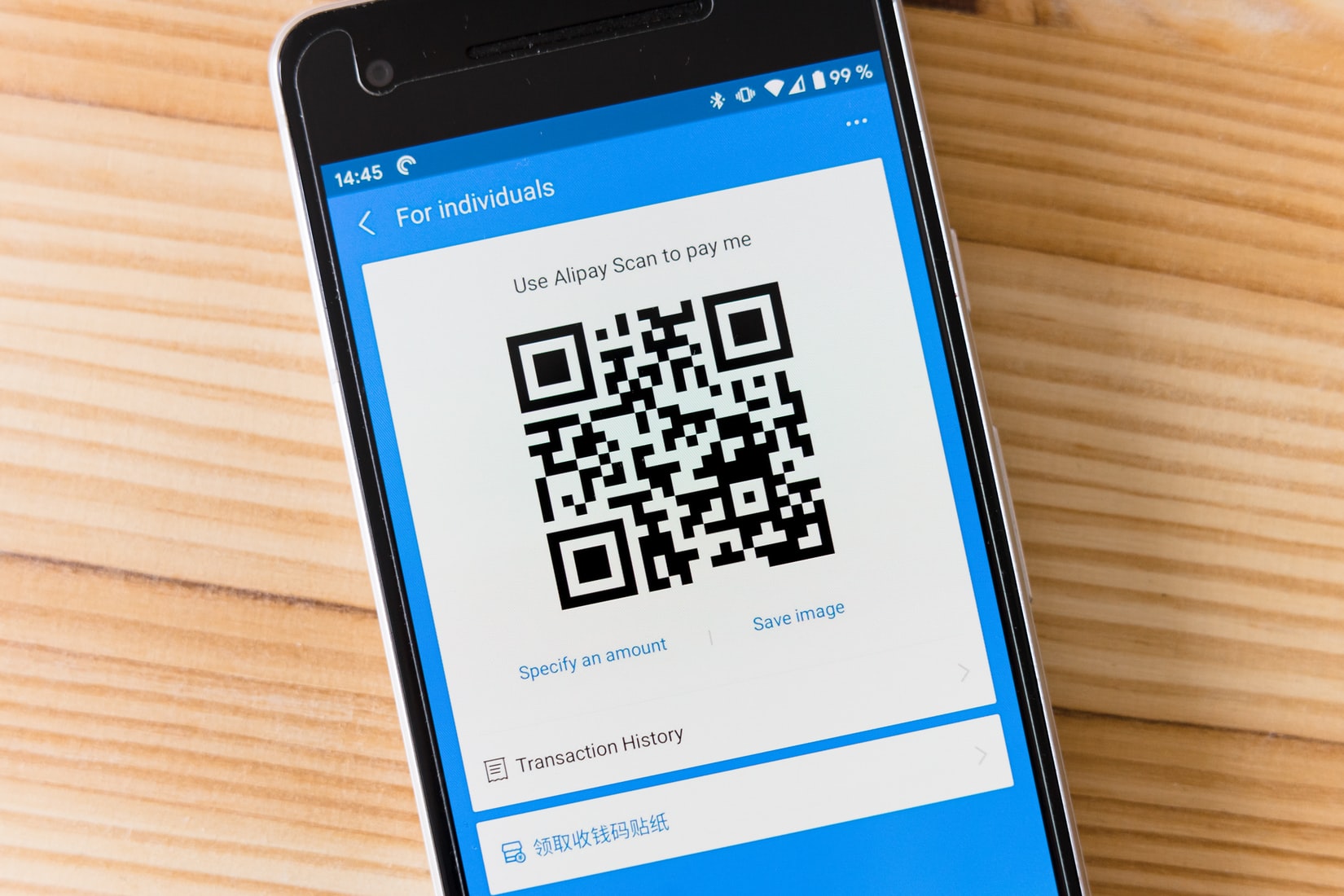Functionality and Form of QR Codes
Find out how form meets function in QR codes.
Author:Anderson PattersonReviewer:Darren McphersonApr 10, 20235.3K Shares2.6M Views

So much of digital and mobile media is about performance: How many clicks did it result in? How can we optimize site traffic? What’s the average time spent or completion rate? How many virtual gifts were shared? All important information, but too often some of the most crucial components of advertising are left untapped: Creativity and building brand equity.
One way marketers are recapturing creativity and whimsy in advertising is through the artistic mutation of QR codes. In essence, QR codes are quite a functional marketing tactic – a simple conduit from offline experiences to mobile/online content. As a quick refresher, a QR (quick response) code is a two-dimensional barcode that looks something like a computerized Rorschach test and holds much more data than a conventional barcode. When scanned by a QR reader on a mobile phone, QR codes can deliver robust content to the user such as a mobile website, a video, or really anything you can imagine.
So, very functional, designed to get you from point A to point B. But because the decryption algorithm used to generate QR codes allows for about a 7-30% error margin, some brands have started to add a little whimsy into their QR designs.
Here Are Some Examples:
- Disney movie posters in Japan
- Billboard to promote a Kanye West album
- A beautiful QR code design to promote HBO’s Boardwalk Empire
Some common uses for QR codes are as a quick way to send users to a mobile website, deliver multimedia content to them on the go, sign them up for offers and promotions, provide more information about a product, create fun scavenger hunt games, even potentially as an alternate means of purchase.
In short, the possibilities for QR codes are endless. Not only can marketers use them to deliver all manner of compelling, useful, and interesting content to users, but their designs can deliver strong branding and creative messaging never before possible.
Jump to

Anderson Patterson
Author
Anderson Patterson, a tech enthusiast with a degree in Computer Science from Stanford University, has over 5 years of experience in this industry.
Anderson's articles are known for their informative style, providing insights into the latest tech trends, scientific discoveries, and entertainment news.
Anderson Patterson's hobbies include exploring Crypto, photography, hiking, and reading.
Anderson Patterson's hobbies include exploring Crypto, photography, hiking, and reading.
In the Crypto niche, Anderson actively researches and analyzes cryptocurrency trends, writes informative articles about blockchain technology, and engages with different communities to stay updated on the latest developments and opportunities.

Darren Mcpherson
Reviewer
Darren Mcpherson brings over 9 years of experience in politics, business, investing, and banking to his writing. He holds degrees in Economics from Harvard University and Political Science from Stanford University, with certifications in Financial Management.
Renowned for his insightful analyses and strategic awareness, Darren has contributed to reputable publications and served in advisory roles for influential entities.
Outside the boardroom, Darren enjoys playing chess, collecting rare books, attending technology conferences, and mentoring young professionals.
His dedication to excellence and understanding of global finance and governance make him a trusted and authoritative voice in his field.
Latest Articles
Popular Articles